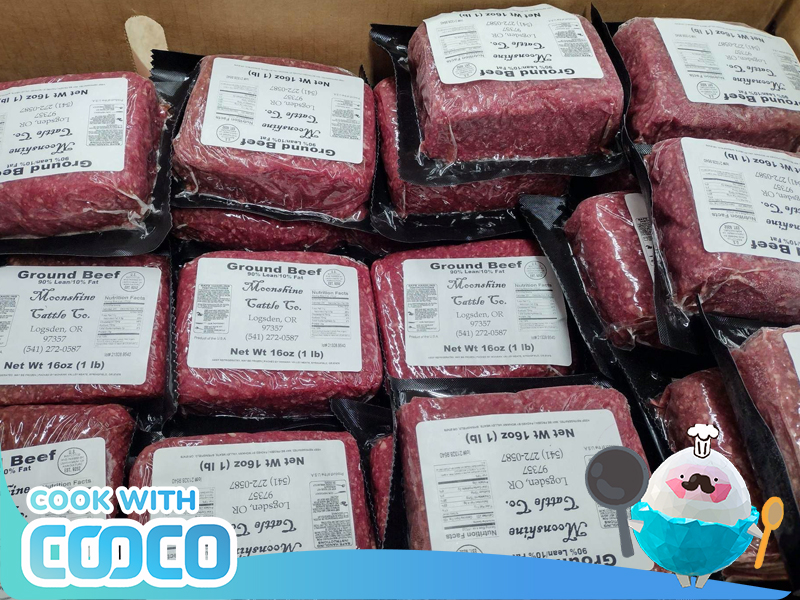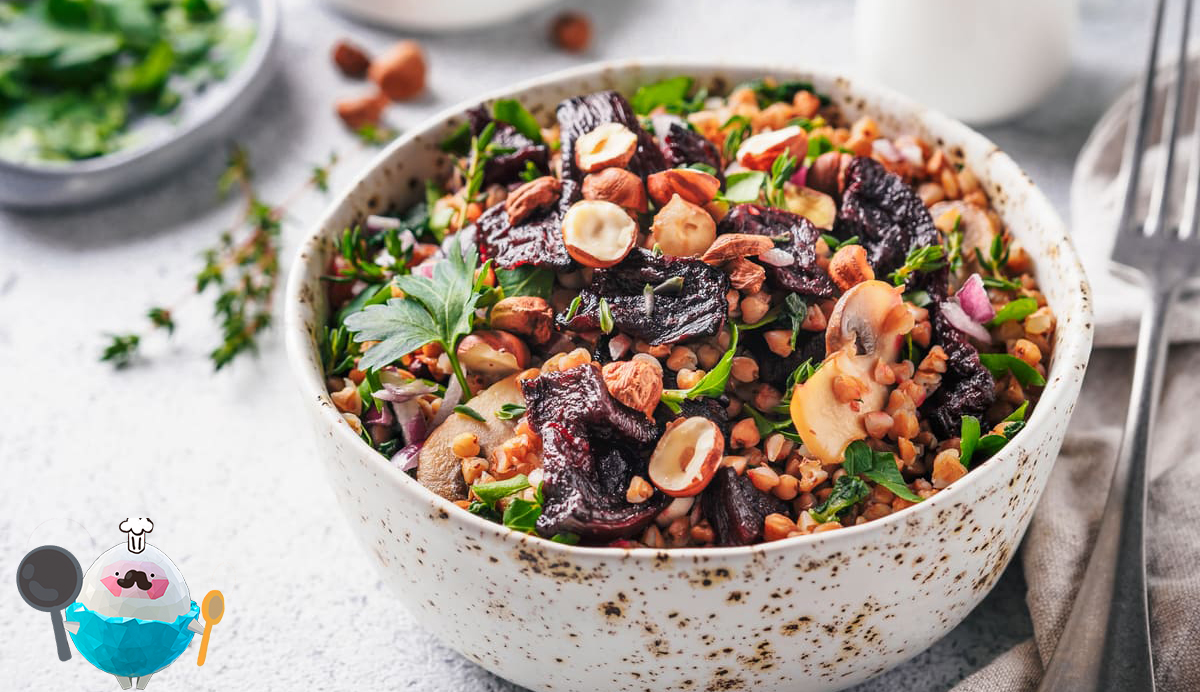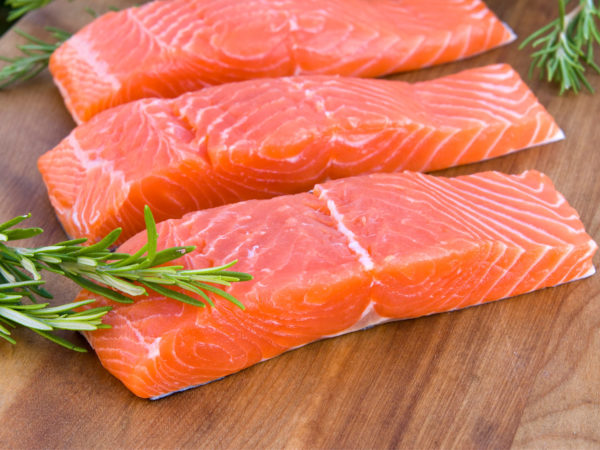Understanding the Different Types of Ground Beef: A Canadian Perspective
Ground beef holds a special place in Canadian culture, serving as a cherished ingredient in numerous culinary creations. It constitutes over 50% of the fresh beef purchased at retail stores across the country. However, if you've ever found yourself standing in the cooler section, contemplating the disparity between Regular, Lean, and Extra Lean ground beef, and wondering which option is best for your family, you're not alone. Let's explore the various types of ground beef available and shed light on their unique characteristics.
Unveiling the Distinctions: Lean and Extra Lean

The Canadian Food Inspection Agency (CFIA) plays a crucial role in regulating Canada's food system. It oversees the labeling requirements for food products, including meat packaging. When it comes to ground meat, the labels indicate the maximum fat content present in the package. It's important to note that all ground meat, whether beef, turkey, veal, chicken, pork, or lamb, contains only minced meat and no fillers, binders, or preservatives. The different classifications are as follows:
Extra Lean – With a maximum fat content of 10%, this category boasts 90% lean meat.
Lean – Capped at a maximum fat content of 17%, Lean ground meat contains 83% lean meat.
Medium – This category encompasses ground meat with a maximum fat content of 23%, translating to 77% lean meat.
Regular – Ground meat labeled as Regular can contain up to 30% fat, giving it a 70% lean meat ratio.
Blending Ground Beef: A Culinary Experiment
If you're an adventurous cook, blending different types of ground beef allows you to customize the fat content to suit your preferences. For instance, a 50:50 ratio of Lean to Medium ground beef yields a maximum fat content of 20%. This flexibility enables you to adapt ground beef to various recipes.
Making the Right Choice

When it comes to choosing the right type of ground beef, it ultimately boils down to personal preference, considering factors such as fat content, mouthfeel, and price. However, there are a few guidelines to keep in mind:
Extra Lean meats are ideal for recipes where you can't drain the excess fat, such as meatloaf, cabbage rolls, and casseroles. They provide a lean and healthy option.
Lean ground beef, being a versatile choice, accounts for 53% of the ground beef purchased by Canadians. It works well in a wide range of recipes.
Medium and Regular ground beef should be pan-fried and drained before incorporating them into recipes. Their higher fat content lends itself to creating juicy burgers and meatballs.
Exploring Chuck and Other Single-Source Ground Beef
The term "chuck" refers to meat sourced from select muscles in the shoulder and neck region of the animal, typically marbled with fat. Unlike most ground meat, ground chuck originates specifically from this muscle group and is not a blend of trimmings leftover from cutting roasts and steaks. Other single-source ground beef options include ground sirloin, ground brisket, or ground prime rib, which offer a taste resembling steak from the respective part of the animal. These premium grinds have gained popularity, with a quarter of Canadians opting for them in 2020.
The Allure of Ground Beef for Canadians

Ground beef remains a popular choice among Canadians for several reasons:
Versatility: Ground beef is an incredibly versatile ingredient, lending itself to a wide array of dishes.
Nutritional Value: It serves as an excellent source of high-quality protein, easily absorbed iron, zinc, and vitamin B12. Ground beef is also gluten-free, color-free, and carb-free. Additionally, over 50% of the fat in ground beef is unsaturated, the same type of healthy fat found in canola oil, olive oil, nuts, and avocados.
Calorie and Protein Balance: A single serving of cooked Extra Lean ground beef (60 g) contains a mere 130 calories while providing 18 g of protein. This makes it an ideal choice for individuals of all ages, including seniors and young children.
Incorporating fresh ground beef into your diet is always a smart and flavorful decision, regardless of your preference for a specific type.
Conclusion
Ground beef occupies a cherished place in Canadian cuisine and offers a multitude of options to suit every palate. Understanding the differences between Lean and Extra Lean ground beef empowers you to make informed choices based on personal preference and the specific requirements of your recipes. Whether you opt for the leanness of Extra Lean, the versatility of Lean, or the succulence of Medium and Regular, ground beef continues to be a trusted and beloved ingredient for countless Canadian households.
FAQs
1. Can I mix different types of ground beef to control the fat content?
Absolutely! Blending different ratios of Lean and Medium ground beef allows you to customize the fat content according to your preference.
2. Are there any health benefits associated with ground beef?
Yes, ground beef is a rich source of high-quality protein, iron, zinc, and vitamin B12. It also contains unsaturated fats, similar to those found in canola oil, olive oil, nuts, and avocados.
3. Which ground beef is suitable for recipes that can't drain excess fat?
For recipes where draining excess fat isn't possible, Extra Lean ground beef is the ideal choice. It provides a lean and healthy option.
4. What is the distinction between regular ground beef and chuck?
Regular ground beef is a blend of different cuts, while chuck specifically refers to meat sourced from select muscles in the shoulder and neck region of the animal. Ground chuck is marbled with fat, imparting a unique flavor profile.
5. Can ground beef be enjoyed by individuals of all ages?
Certainly! Ground beef offers a balance of calories and protein, making it an excellent choice for people of all age groups, including seniors and young children.






